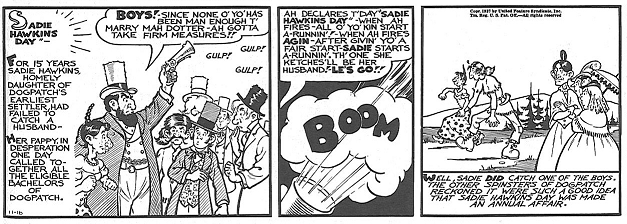He died around midnight, just a couple days after his 33rd birthday and three years, almost to the day, after his diagnosis. In all, we were together 15 years. I have very few regrets about the time I spent with Scott.
That was the point when I lost it for a while. Until then I could read Betsy Megan’s incredible article on what it feels like losing your spouse (found via Metafilter) dispassionately, but that little paragraph, the matter of fact way in which she writes about his death and the conclusion just hit home. That was exactly what it feels like. All else being equal, I’d rather would’ve liked to be able to spent more time with Sandra, but the time we did have together was worth it. Just because we’ve reached terminus doesn’t make the journey worthless.

I’d been thinking a lot about Sandra this week anyway, having been home sick from Wednesday, bringing thrown back inside my own head, sleeping a lot, not being able to concentrate much when awake, thinking about Sandra. Work and the distractions of various entertainments normally keep too much hurt at bay, but without them I had nowhere to hide. The cats weren’t much of a help either, as you can see, though it has been nice sleeping in a bed with them at night.
We decided to get married. Initially we had intended to wait until after we both finished engineering school, but I have never been too fond of weddings and it seemed to suit him well enough not to bother for the first 12 years we were together. It was no lack of commitment; we bought a house together and loved each other very much. Marrying him was part a practical decision—so that I could speak for him if he couldn’t, and so that inheritance sorts of things would be easier to sort out. But at this point, it was also to have some good news to tell people, to offset the bad news, as it were.

Again, this was more or less why we gotten married as well, two years ago when Sandra was scheduled for yet another very intense operation, to make sure that all the legal niceties were tied off just in case and as a sign of our love for each other. (Big thumbs up for the Amsterdam civil service btw for making that possible so quickly btw.) I still wear my wedding ring daily, as a reminder and symbol of our love. In my head I’m still married.
Beyond that, it is hard not to feel perhaps even selfish. Of course I miss him for himself, his sense of humor, and all the things I fell in love with him for. But I seem somehow to feel his loss most keenly for all the things he did for me that I can’t or don’t like doing: creating and maintaining an amazing home network that’s now gradually deteriorating in ways I don’t understand; cooking every other time we ran out of leftovers; doing nearly all the shopping (I dislike shopping); tackling the monthly bills; snuggling when I was feeling down; pushing me to keep trying; and even just telling me, gently, when I was being foolish. (It’s an ongoing quandary for me in social settings, too: explain to someone I just met that I’m a widow, which alarms and flusters people and is not a good introduction to the funny story I intend to tell, or go on referring to “my husband” in the past tense and just don’t mention why?)
This, so very much. I miss Sandra for her cooking and gardening, her erudition, for being able to talk with her about politics or books in ways I could do with nobody else, almost as much as for herself. But then those sort of things are also what makes somebody your partner, aren’t they?
And that dillemma of how to refer to Sandra, boy do I recognise it. Refering to her as my wife gives the wrong expectation and you don’t want to cause other people potential for embarassement, but to call her my late wife, or deceased wife, or to myself as a widower seems both a bit dramatic/attention seeking and often irrelevant in the context. Not to mention a bit heavy to lay on people.
I had originally planned to talk about this article about most common cooking/baking mistakes and what Sandra had taught me about cooking (first rule: clean as you go), but that’ll have to wait until another Sunday…


